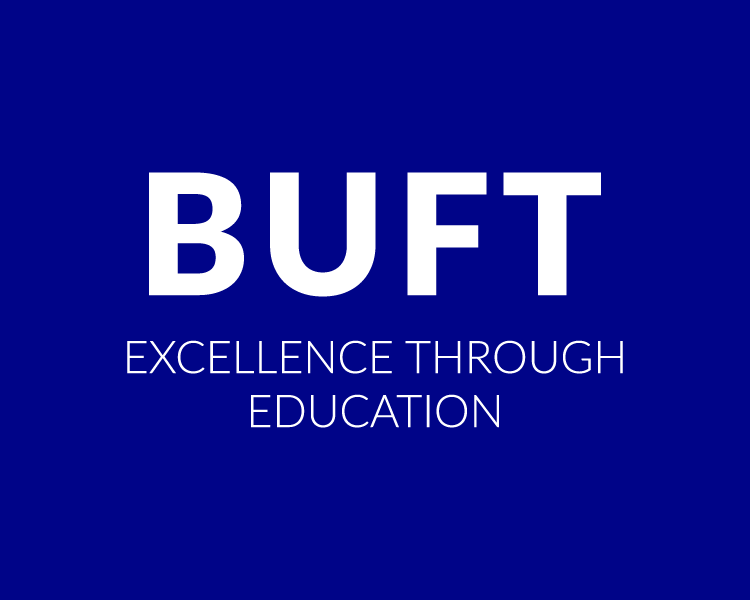Government Expenditure and Economic Growth in Bangladesh: An Econometric Analysis
Soma Bhattacharjee and Kazi Md. Nasir UddinJagannath University, Dhaka, Bangladesh
Email: soma450@yahoo.com
Download pdf
Abstract
Purpose: This paper aims to identify the impact of different components of government expenditure on the economic growth of Bangladesh to recommend an emphasis on that expenditure that can enhance the economic growth of Bangladesh. Methodology: The methodology of the study is based on econometric analysis including the Augmented Dickey-Fuller (ADF) test, lag length criteria, co-integration test, VAR model estimation, pairwise Granger causality test, impulse response function, and variance decomposition analysis using data from Bangladesh Economic Review from 1994-1995 to 2016-17. Findings: The study finds a unidirectional causality from economic growth to non-development expenditure and a bi-directional causality between economic growth and other expenditure. The results from the VAR model with lagged variables of economic growth only show the positive and significant effect, another expenditure has a negative significant impact but development and non-development expenditure show the positive insignificant impact of government spending on economic growth. Moreover, the impulse response function and the variance decomposition model also support the result that development expenditure has a positive influence on the economic growth of Bangladesh. Limitations: Lack of previous research studies on the topic and limited access to data are major research limitations. Practical Implications: The result of the study will be a useful source of information for the Bangladesh government for evolving strategies to rigorously monitor the implementation of her budgets to enhance growth in the economy. Originality: This paper uses the VAR analysis to investigate the impact of government expenditure on economic growth in Bangladesh for the first time. This study further deepens the previous research and draws a more realistic conclusion.
